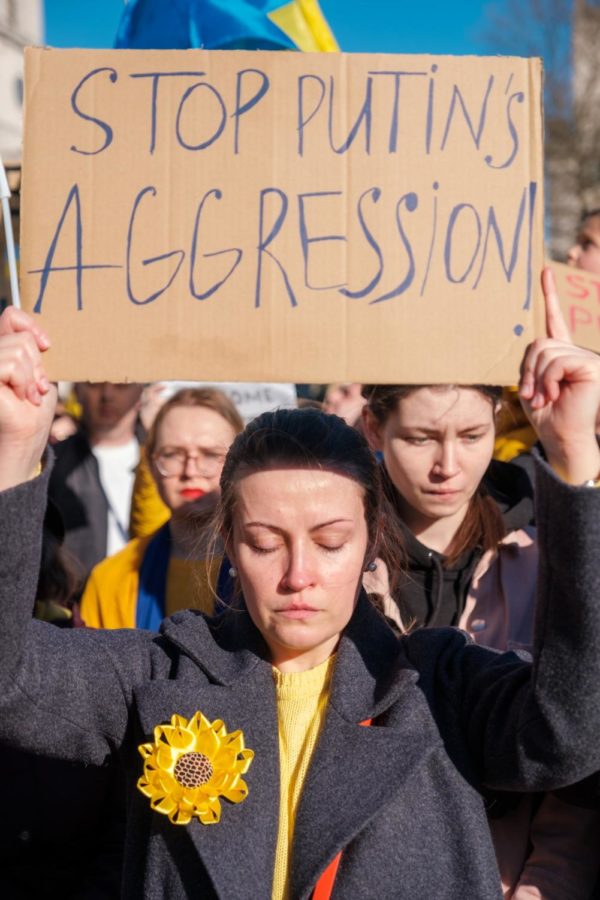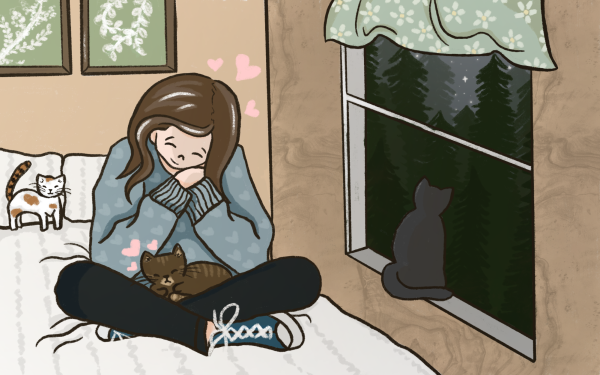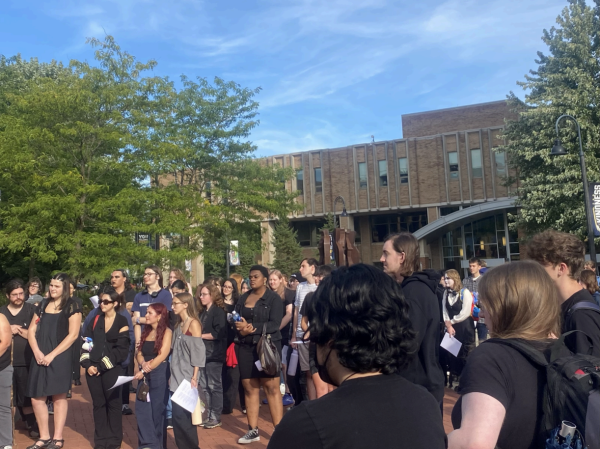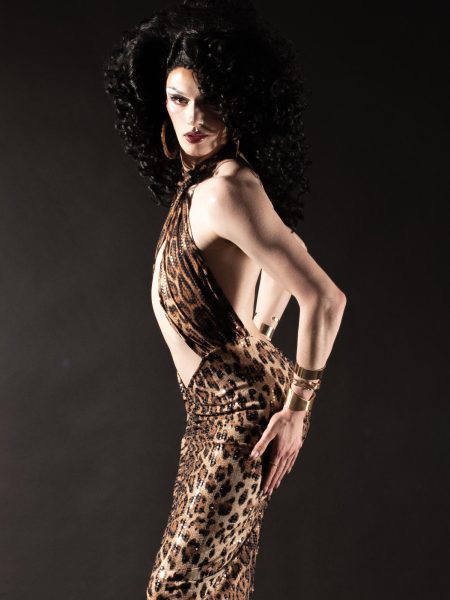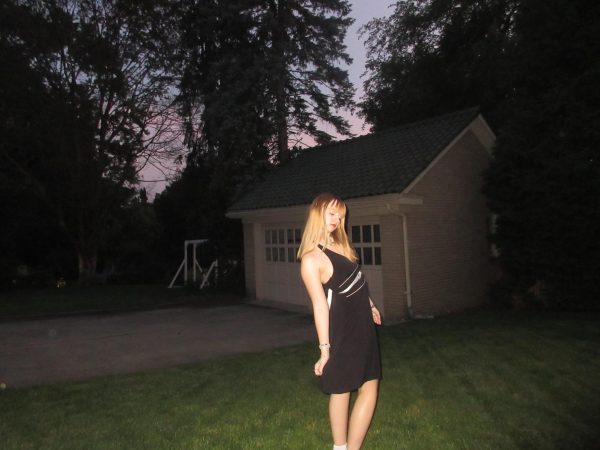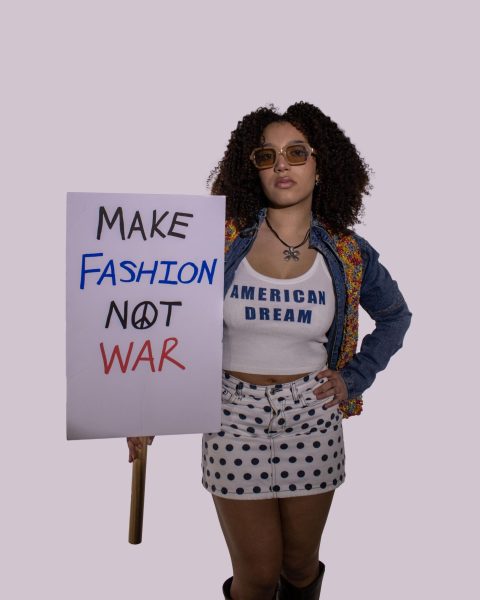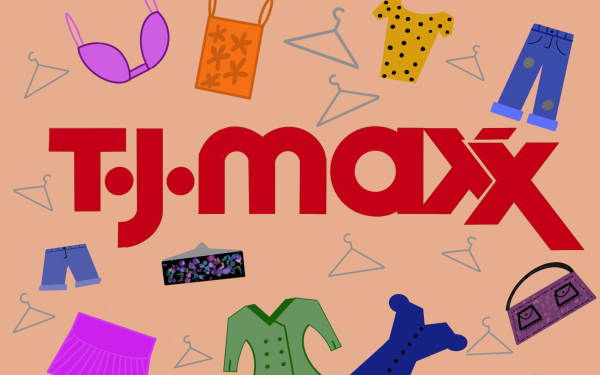what the luxury goods sanctions on russia means for fashion
Russian and Ukrainian forces have been at war with each other since Feb. 24. Vladimir Putin’s objective still seems to be to capture the Ukrainian capital of Kyiv, which would ultimately topple Ukraine’s democratically elected government and draw the country back into the orbit of Russian rule.
As a recap, the cause of this confrontation dates all the way back to the collapse of the Soviet Union in 1991. As a result of the collapse, The North Atlantic Treaty Organization (NATO) started taking in European countries that were previously under Soviet rule. The Baltic republics of Lithuania, Latvia and Estonia, along with Poland and Romania all joined NATO and in 2008, the intergovernmental organization expressed plans to possibly enroll Ukraine. Putin views this expansion of NATO as a threat to his own borders and insists that the country of Ukraine is fundamentally Russian territory.
Since the beginning of the war, President Joe Biden and other world leaders have implemented waves of sanctions against Russia. In March of 2022, the U.S. and the European Union banned the exports of luxury goods into Russia. This move restricted the shipments of high-end watches, cars, apparel, alcohol and jewelry from America to Russia. Although Russia only accounts for about $550 million of American luxury exports and a small percentage of luxury brand sales, the move is symbolic in the sense that it is specifically targeting Russian oligarchs by cutting them off from Western culture.
“We’re trying to target the wealthy elite, the oligarchs. We only want to target those products above a certain threshold so that we do not hit ordinary Russians,” an EU official said during a press briefing on March 15, Vogue Business reported.
The EU will specifically restrict the exportation of leather goods, clothing, perfume, precious stones including non-industrial diamonds, watches and artworks. The EU will see a greater hit in sales in luxury goods, as the restrictions include over 20 luxury goods categories valued at €3.53 billion.
On March 4, 2022, fashion conglomerate LVMH, which owns Christian Dior, Louis Vuitton and Moët & Chandon, released a statement saying it would be temporarily closing all stores and halting commercial activities in Russia. The decision affects 120 stores and 3,500 employees. Other fashion conglomerates and fashion brands such as Kering, Levi Strauss & Co, Adidas, Uniqlo, Chanel, Hermes and Balenciaga have also temporarily withdrawn from Russia.
What effect will these sanctions have on the fashion industry?
These luxury goods sanctions are paired with reports that the Russian government plans to potentially ease legal rules on trademark infringement in connection with goods that are in short supply. This ruling will allow luxury goods to flow into the country via unauthorized channels and ease limitations on gray market goods. The Fashion Law speculated that, depending on how long these sanctions last, Russia could mirror that of China which continuously sees a supply of luxury fashion gray market goods originating from the brands themselves. As of right now, this theory seems relatively small due to the small percentage of profit from previous luxury good sales in Russia and serious repercussions to brand image. However, it will be important to take a look into the seriousness of these speculations as the war continues.
Support Student Media
Hi, I’m Grace Avery, the Editor In Chief of A Magazine. My staff and I are committed to bringing you the most important and entertaining news from the realms of fashion, beauty and culture. We are full-time students and hard-working journalists. While we get support from the student media fee and earned revenue such as advertising, both of those continue to decline. Your generous gift of any amount will help enhance our student experience as we grow into working professionals. Please go here to donate to A Magazine.

